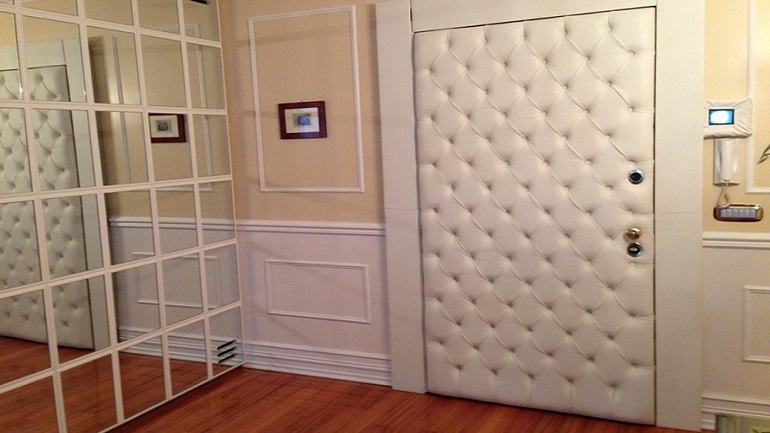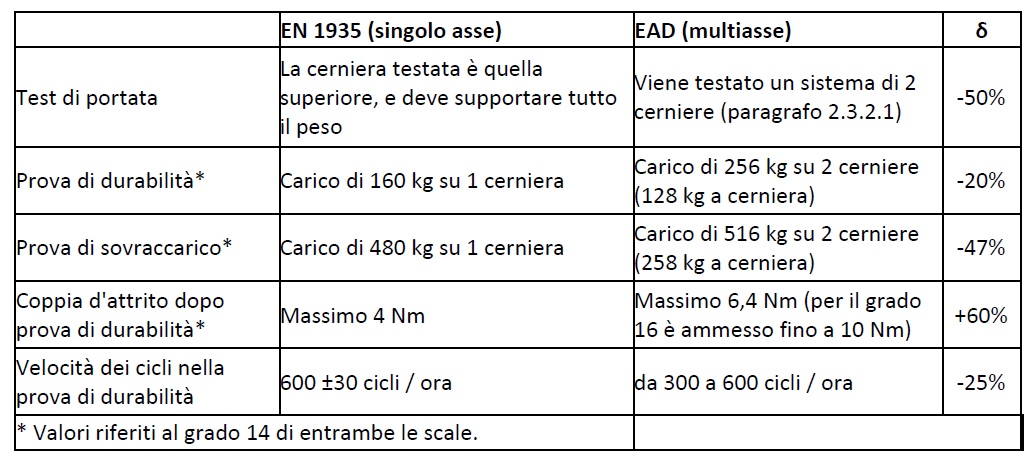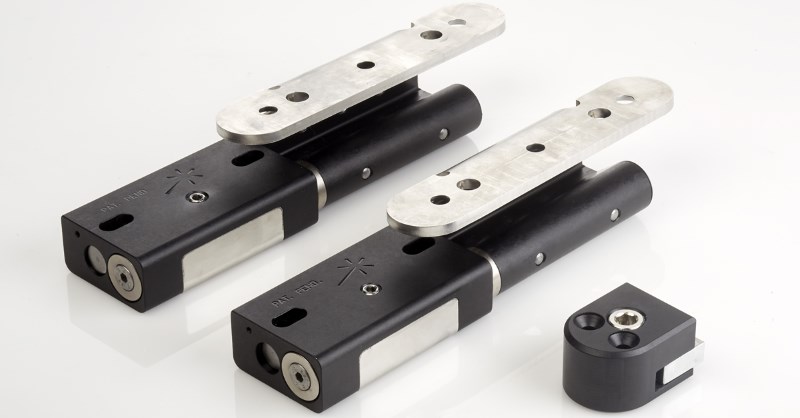
Concealed hinges CE marking: differences between single and multi axis hinges
How to test a concealed hinge? What about the CE marking? Discover the different performances.
Concealed hinge types
Concealed single axis hinges are the only concealed hinges with valid CE markings as per EN 1935 currently on the market.
In fact, the most popular concealed multi-axis hinges (that use more than one pin to rotate) have CE markings but, through a procedural mechanism that interprets EN 1935 standards through guidelines (called EAP, CUAP, etc. defined by the board that tests the hinge), which include performance and classification categories that convey higher performance values than what they actually are. Concealed multi-axis hinge performance classification has nothing to do with those set by EN 1935.
This can be observed comparing a 14 level concealed multi-axis hinge with CE markings according to these guidelines with a single-axis hinge with CE markings according to EN 1935:
It is clear that the concealed multi-axis hinge CE markings refer to passing tests much less stringent on the performance level than those required by EN 1935. Always check, for multi-axis hinges, that the CE markings specify the reference guidelines.
At the same general level according to EN 1935, concealed multi-axis hinge performance is tested about 50% lower than those for a single-axis hinge.
Always check, for multi-axis hinges, that the CE markings specify the reference guidelines.
Differences between single and multi axis hinge
Following are the key points in the two different classifications indicated in a string that seems identical, but really is not:
Durability (second digit)
The performance stated in the two classifications, even if identical, are extremely different since they refer to profoundly different tests:
- Multi-axis hinges are tested in pairs (dividing the load), single-axis hinges are not.
- Cycle movement speed for multi-axis is 25% lower.
- Admitted friction torque at the end of the test for multi-axis hinges is over 60%, thus higher wear is permitted and thus higher effort to move the door.
Hinge capacity (third digit)
The classification set for the two types of hinges must be clarified regarding the door weight to be tested: multi-axis hinges include 10 levels (up to over 250 kg) while single-axis hinges 7 (up to 160 kg).
This data must be compared with the test method: multi-axis hinges include a test with 2 hinges working together with weights much lower than those set for single-axis hinges (for example, multi-axis hinge with 250kg capacity, test with 400kg deformation load on two hinges, overload 250+100kg on two hinges; single-axis hinge with 160kg capacity, test with 320kg deformation load on one hinge, 480kg overload on a single hinge! )
Use on fire/smoke resistance doors (fourth digit)
Here too, the classification set by the two classifications must be clarified, multi-axis hinges include 3 levels.
Corrosion Resistance (Sixth digit)
The classification set for the two types of hinges must be clarified: multi-axis hinges have 6 resistance levels while EN 1935 that regulates single-axis hinges includes 5.
This does not exclude that a single axis hinge can achieve multi-axis level 6, but this is not included in the standard.
Use on burglar proof door (seventh digit)
The classification set for the two types of hinges includes two levels: “not suitable” (0) and “suitable” (1).
Specific requirements are set to assign the “suitable” (1) level to single-axis hinges:
- Level 12-13 or 14 classification, 13-14 for especially violent and persistent attacks.
- Shear resistance 10 at 15KN, hinge elements should not separate under load
Tests are not set to assign the level to multi-axis hinges, thus the EN 1627 door test is provided, confident of the sturdiness of the door in the hinge installation area.
General level (eighth digit)
Different classification is set for the two types of hinges:
- Single axis from 1 to 14
- Multi-axis from 3 to 17
Dinamica: a new type of concealed door hinges
Practically two completely different ranges and thus not directly comparable !
The different test results must be compared to check performance and thus a subjective evaluation is provided.
Contact us for further information !










